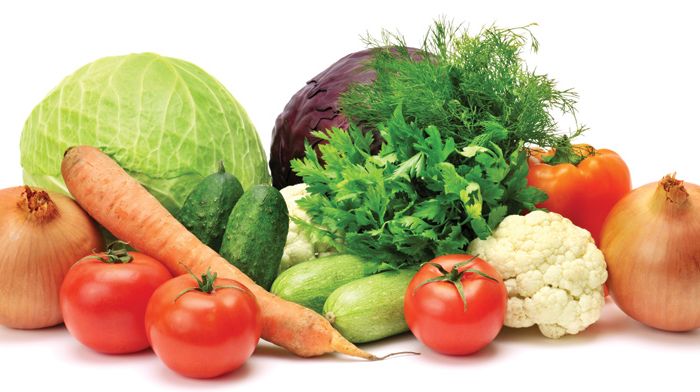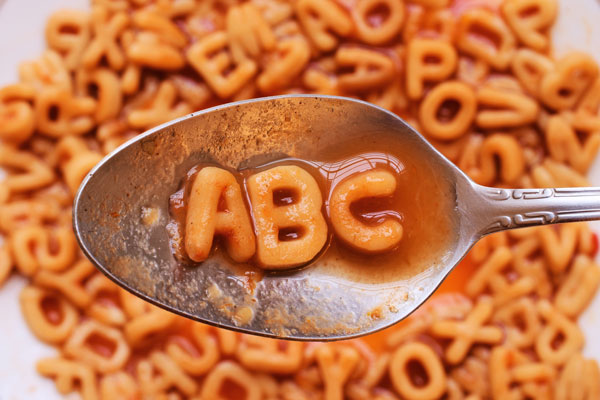A Date with Destiny: Understanding Food Labels and Product Dating
Like clockwork, around this time of year, we start to see an increase in questions related to food labels, so I thought I would devote this blog to the topic. We have discussed food labels within these blogs before, and although it has been a few years, you would likely find the topic if you searched hard enough, but it is an important topic and bears repeating.
For this blog, I wanted to specifically discuss the product or code dating that is included on most packages sent directly from the manufacturer. The same type of dating is included on products that you purchase from your local supermarket.
Outside of baby formula and some types of baby food, product dating is not necessarily required by federal law. For meat, poultry, and egg products, the use of dates is voluntary, but once used, they must be labeled in a “truthful and non-misleading manner”. Once a manufacturer starts to date products, there are a few requirements, such as how the date must be expressed on the packaging. But there is no universal system for food date labeling in the United States.
… contrary to popular belief, the dates are not an indication of safety, they are provided to allow the consumer and retailed to make informed decisions of which food is the best quality.
Further, contrary to popular belief, the dates are not an indication of safety, they are provided to allow the consumer and retailer to make informed decisions of which food is the best quality. I even find myself, at times, thinking it is a date by when the food ensured of safety, and that is simply not the case. One study, which explored sources of food waste, noted that close to 50% of consumers did not understand “best by”, “best before”, “use by”, or other types of food labels[1], while the National Resources defense Council noted 90% of consumers have discarded food because they misunderstood the food label[2].
Here is a summary of the types of dates you often see used. These are the same explanations provided by the Food Safety Inspection Service of USDA.
- A “Best if Used By/Before” date indicates when a product will be of best flavor or quality.
- A “Sell-By” date tells the store how long to display the product for sale for inventory management.
- A “Use-By” date is the last date recommended for the use of the product while at peak quality.
- A “Freeze-By” date indicates when a product should be frozen to maintain peak quality.
If the date passes during home storage, a product should still be safe and wholesome if handled properly until the time spoilage is evident. The same cannot be said for infant formula, these products should not be used after the “use by” date.
Now, most of the above information applies to consumers. For foodservice operations, the requirements are spelled out by the 2017 Food Code, stating, “the day or date marked by the food establishment may not exceed a manufacturer’s use-by date if the manufacturer determined the use-by date based on food safety.” Though, it is important to note that each jurisdiction may change or revise the code for their local area, so do check your code before taking this as the official rule.
I do hope you all have a great Holiday season and a very happy new year. Be sure to join us in 2021 for our SafeBites webinar series. Feel free to also reach out with any of your food safety questions, our food safety team at FoodHandler is committed to bringing you the most up-to-date food safety information and is committed to helping you improve your food safety programs. As we say at FoodHandler – Risk Nothing.
[1] Parfitt, J., Barthel, M., & Macnaughton, S. (2010). Food waste within food supply chains: quantification and potential for change to 2050. Philosophical transactions of the royal society B: Biological sciences, 365(1554), 3065-3081.
[2] National Resources Defense Council (2013, September 18). New Report: Food Expiration Date Confusion Causing up to 90% of Americans to Waste Food. Available at https://www.nrdc.org/media/2013/130918.
READ MORE POSTS
The Alphabet Soup of Hepatitis and Why it Should Concern Foodservice Operators.
Late in July, I was made aware that World Hepatitis Day was on July 28th. I do have to be honest – similar to most of you reading this, I was surprised there was such a thing. After doing a bit of research, I discovered July 28th was named as such to recognize the birthday of Dr. Baruch Blumberg, who first discovered the hepatitis B virus in 1967 and then two years later developed the first hepatitis B vaccine. Each year, the Centers for Disease Control and Prevention and the World Health Organization recognize the day to help raise awareness about hepatitis, which impacts over 300 million across the globe and causes more than one million deaths a year.
Food Recalls: Another Important Reason to Have a Sound Traceability Program in your Foodservice Operation
Earlier in the month, I discussed a bit about the proposed traceability rules that may be coming out soon. One result of implementing the proposed rule and improving overall food traceability in your operation is the ability of those in the food chain to quickly identify and pull product involved in a food recall.










